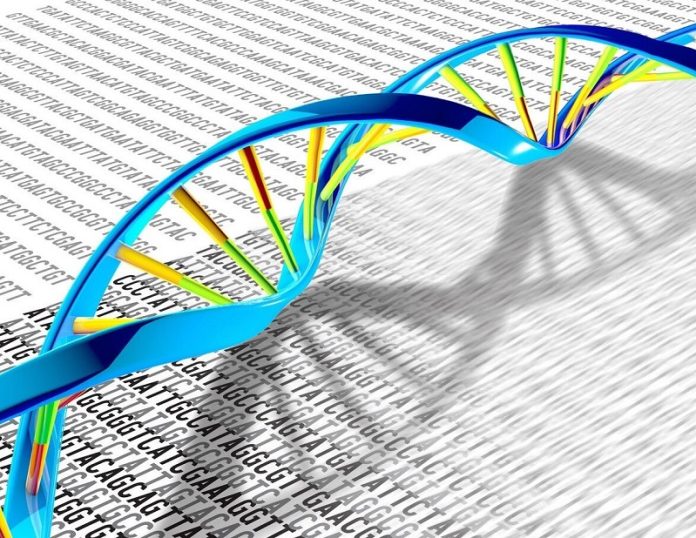
“Who are we and where do we come from?”
This age-old question has fascinated humanity for centuries. The “Out-of-Africa (OOA) theory” is the widely accepted explanation for the origin of modern humans.
According to this theory, Homo sapiens originated in Africa and a small group migrated out of Africa around 70,000 years ago.
Today, nearly all humans outside Africa are descendants of these early travelers.
Africa served as a refuge for early humans, protecting them from the extreme cold during repeated ice ages.
Early humans adapted to the hot African climate by losing their thick body hair, which helped them dissipate heat while running on the East African grasslands.
However, when they left Africa, they faced the challenge of staying warm in colder climates. Could there be remnants in our DNA that reflect how our ancestors adapted to these harsh environments?
Genome-wide association studies (GWAS) have greatly advanced our understanding of disease genetics and human evolution.
In 2007, researchers identified a cluster of single nucleotide polymorphisms (SNPs) in the FTO gene that was strongly associated with obesity risk. However, it was unclear if these SNPs directly caused obesity.
In 2015, a breakthrough study published in the New England Journal of Medicine pinpointed a specific variant, rs1421085 T>C, within the FTO SNP cluster. This variant inhibited the expression of UCP1, a gene crucial for thermogenesis, thereby reducing the thermogenic capacity of human beige fat cells.
While this seemed to explain the FTO variants’ role in obesity, there was no direct in vivo evidence.
In 2023, a study in Nature Metabolism challenged these findings.
Researchers found that mice with the CC-alleles of the rs1421085 variant had enhanced brown adipose tissue (BAT) thermogenesis and were more resistant to high-fat diet-induced obesity.
When exposed to cold temperatures, these mice maintained a body temperature 6°C higher than mice with the TT-alleles, suggesting that the rs1421085 T>C variant might be linked to cold adaptation.
To explore this further, researchers conducted a study, published in Life Metabolism, using human fetal BAT samples.
They found that TC-allele carriers had higher UCP1 expression in BAT than TT-allele carriers, consistent with the mouse studies. This led researchers to speculate that the rs1421085 T>C variant might have been positively selected for cold adaptation in human evolution.
Over the last 100,000 years, humans have migrated from tropical to colder regions, facing new environmental challenges.
For example, the Inuit people in the Arctic have genetic adaptations in the FADS gene, which is linked to their omega-3 rich diet. Similarly, the rs1421085 T>C variant might have been selected for cold resistance.
Researchers found an inverse correlation between the C-allele frequency and mean earth skin temperatures in January, indicating that the colder the location, the higher the frequency of this variant.
However, some discrepancies, such as high C-allele frequency in the Indian subcontinent, might be due to historical migrations and population mixing.
This study highlights the functional FTO variant, rs1421085 T>C, as potentially the first locus established to enhance human thermogenesis and cold adaptation. These genetic adaptations may have provided significant survival advantages in cold climates, especially for newborns.
The team’s decade-long research into obesity genetics has revealed that genetic signals influencing modern human traits may have been set in motion when humans first migrated out of Africa.
While the journey to uncover our genetic history is complex and ongoing, this research offers a glimpse into how our ancestors braved harsh environments, shaping the diverse populations we see today.
Our DNA, much like ancient rock paintings, records the significant events in our evolutionary history, inviting us to continue exploring and understanding our past.



